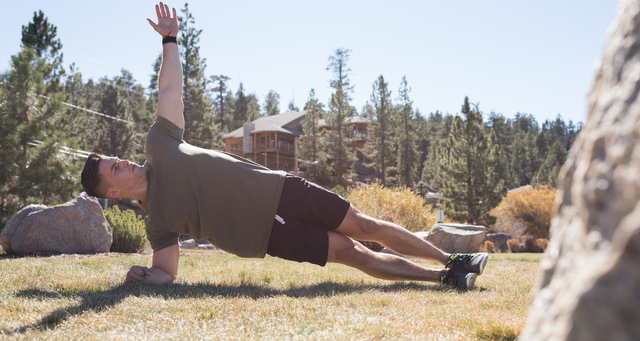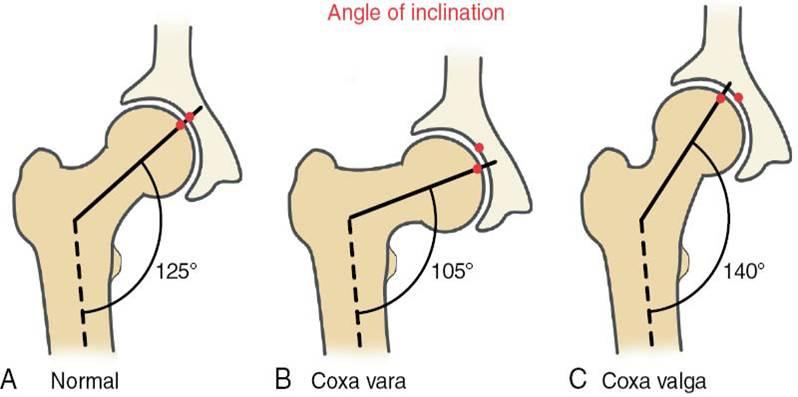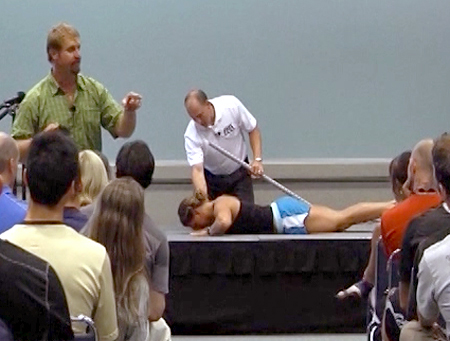Improving FMS Scores With Basic Core Exercises - A Research Article Review
Written by Eric D'Agati FMS

By Eric D'Agati
A recently published study in the Journal of Sport Rehabilitation looked at how exercise intervention might improve scores in the Functional Movement Screen (FMS) of collegiate athletes. The researchers demonstrated a good understanding of the FMS and how to gather data. Their study suggested that the intervention did improve scores, but it's probably not how you'd think they'd improve.
The interesting slant that these researchers took was to see the effects of having the only intervention be a standard protocol of popular core exercises and seeing the impact it would have on FMS scores.
The following exercises were prescribed for a 8-week supervised protocol:
The results showed a relatively significant positive impact on scores in healthy collegiate athletes, especially in those showing poor scores upon initial testing (below 14).
Some interesting observations come from this, some of which debunk common misconceptions about the FMS:
- The FMS is not a "flexibility" test. It looks at not only mobility, but also neuromuscular coordination, reflexive motor control, proprioception, dynamic stability and lastly, but certainly not least, the presence of pain with movement.
The Toe Touch Progression discussed by Gray below is an excellent example of how movement can be improved by addressing software (patterns), not hardware (tissues).
- Many issues that present visually as flexibility or mobility issues are really stability/motor control issues in disguise. When someone can't stabilize reflexively with their intrinsic stabilizers, the prime movers will kick into hypertonic overdrive and serve as secondary stability, causing them to appear stiff and immobile. Once some motor control and stability is introduced and sequenced properly, these prime movers begin to let go, and the apparent "tightness" disappears.
"Calling all limited motion problems a flexibility issue is problematic in that it imparts the assumption that all can be helped with stretching." - Gray Cook
- The total score in the FMS is great for creating generic cut points for large groups and research, but shows to have minimal impact on programming for the individual. The results are great but are only based on total score. If someone has a total score of 14 and has an individual score of symmetrical 2s in each screen it is a very different case than someone who also scores a 14, but has asymmetries, 1s and/or pain present.
- What may seem obvious, but was proven by the study, was that the greatest improvement was found in those individuals with poor initial scores. People who move poorly have the most to gain from intervention and depending on their motor learning ability, will often see relatively rapid improvements. If the subjects who had higher test scores initially didn't improve as much, not only did they not have as much margin for increase, we also probably wouldn't have invested much time in "fixing" them anyway. If someone presents a score of 2, that demonstrates satisfactory movement competency and at that point, the training focus should be shifted to their actual training goal. After implementing the system with thousands of individuals, NO ONE has ever come to me with the primary goal of improving their FMS score. The screen is simply a means to an end, providing a baseline and filtering out any cause for clinical intervention or modifications in their programming based on specific deficits found. There is also no data that shows an increase in performance or reduction of injury risk when improving scores from a 2 to a 3. Do not let perfect get in the way of good!
RELATED ARTICLE: PRIORITIZING YOUR CLIENTS' GOALS WITHOUT COMPROMISING YOUR SYSTEM
- Being a true minimalist in my programming, my question immediately goes to which of these exercises may have had the most impact? Are there other drills that would have been more effective substitutes?
- Applying this same process of "minimal effective dose", what exercises could have been removed and created the same result? Could we actually have had even better results without certain exercises? I have actually had clients improve their score by doing no additional corrective exercise at all, but by simply "removing the negative" and eliminating activities or habits that were counterproductive and/or harmful.
- If specific exercises were prescribed based on individual scoring, would it have been more impactful if it matched apparent deficits shown in the scoring and the programs were unique to the individual?
- The use of a crunch/sit-up exercise doesn't in my mind fall under the category of core stability. It may be semantics, but if you are stabilizing the core/trunk, it is generally not referring to simultaneously creating flexion,extension or side bending. We'll save that argument for another post at another time...
RELATED ARTICLE: DR. KYLE KIESEL REVIEWS RESEARCH RELATED TO THE FMS AND INJURY PREDICTION
Here is the information on the article and a link to the abstract:
The Effect of Core Stability Training on Functional Movement Patterns in Collegiate AthletesArticle in Journal of sport rehabilitation · February 2018Bagherian, Sajad & Ghasempoor, Khodayar & Rahnama, Nader & Wikstrom, Erik. (2018)
https://www.researchgate.net/publication/322973201_The_Effect_of_Core_Stability_Training_on_Functional_Movement_Patterns_in_Collegiate_Athletes
Related Resources
-
Movement Principle # 8
Posted by Gray Cook
-
FMS in Equestrian Sports
Posted by Michele Desser






